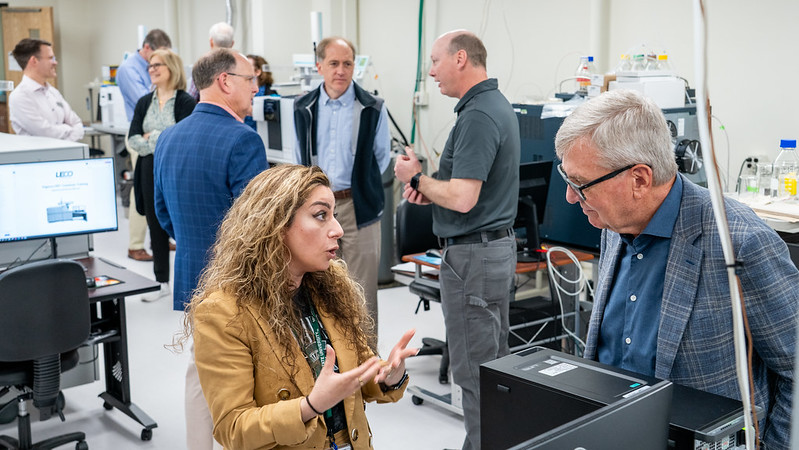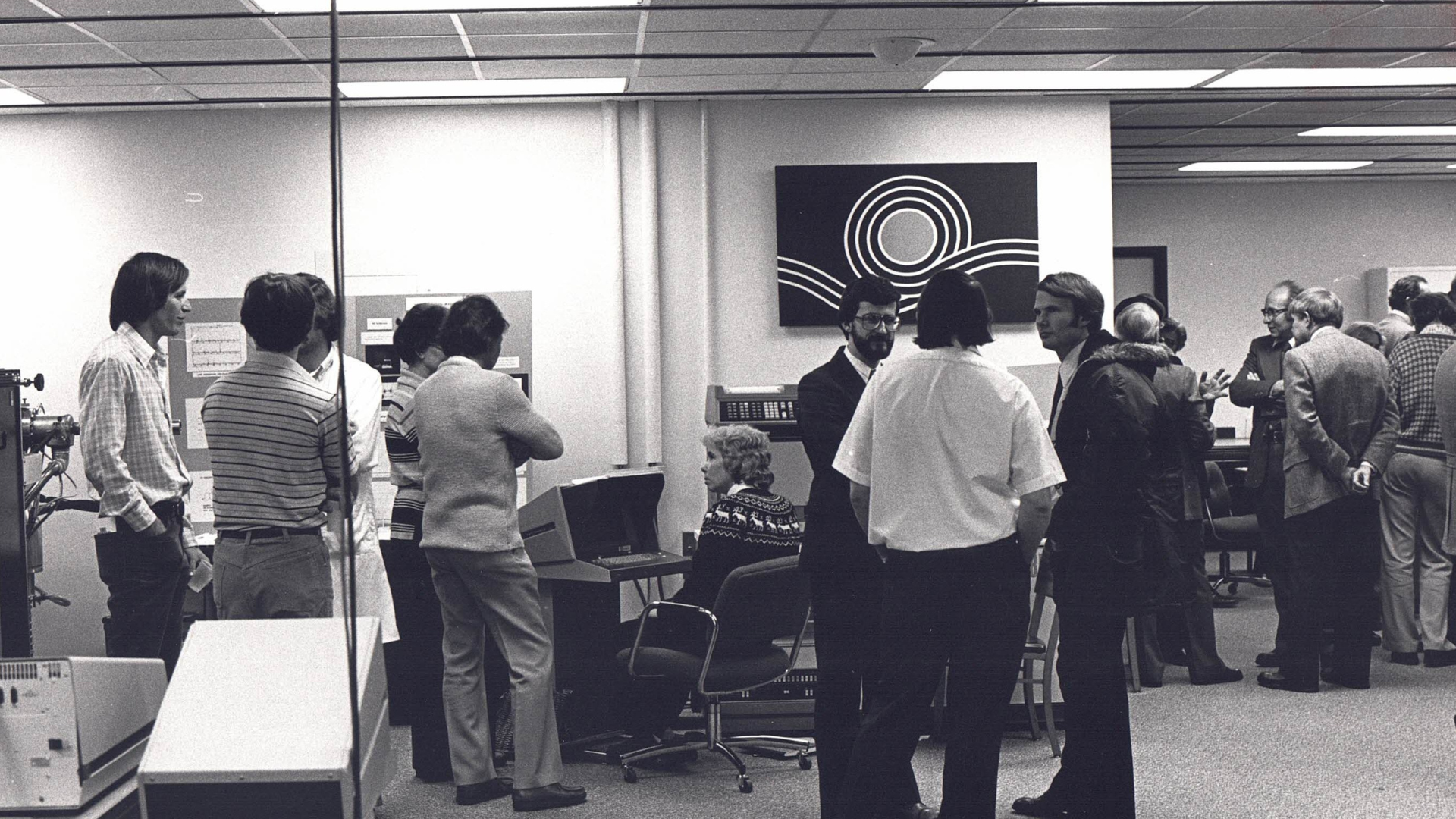Critical mass: core upgrades pave way for Spartan science
From drug discovery to more resilient crops, facility upgrades can lead to world-changing breakthroughs
A revamped facility space, installation of advanced instruments, and the vision of a new director are providing Spartan scientists with the tools they need to achieve cutting-edge science at MSU’s Mass Spectrometry and Metabolomics Core.
Thanks to state-of-the-art instruments secured with the generous support of the MSU Research Foundation and a recent $2.2 million recent renovation, researchers find themselves equipped to pursue breakthroughs with real-world impact, from aiding drug discovery to developing crops more resistant to heat, drought and pests.
“Improvements to the core and the funding that makes them possible are helping us be a part of MSU's infrastructure resilience,” facility director Dr. Maryam Goudarzi said. “We’re making sure every faculty member has access not only to the latest tools, but the expertise needed to get the most out of them.”

With more than fifty years of experience, MSU’s mass spectrometry core has become an engine for campus innovation.
On any given day, you’ll find researchers conducting molecular analysis on a kaleidoscopic array of samples. Doing so gives them the answers they need to tackle tough questions related to cancer progression, gut health, evolutionary biology and invasive species, just to name a few.
The two new instruments — one from Bruker, and the other from Michigan-based LECO — are critical additions that immediately broaden the analytic horizons of facility users. Their installation was made possible by support from the MSU Research Foundation.
“Our support for this facility is part of a broader effort to strengthen the research infrastructure that makes MSU competitive on a national stage,” said the Foundation’s CEO, David Washburn, who recently visited the core with other university leaders.

“Facilities like this expand what’s possible for researchers and play a critical role in recruiting and retaining top talent,” he added.
For Goudarzi, who joined MSU in 2024, facility updates are vital in establishing the core as a national scientific destination. They also help solidify the university’s place as a leading figure in a dynamic research landscape.
Metabolomics — the study and cataloguing of small molecules achieved by mass spectrometry — is seen by many as a future linchpin of healthcare.
In fact, leaders in the field such as David Wishart, a Distinguished University Professor at the University of Alberta, have gone so far as to dub metabolomics the “canary of the genome.”
This is a nod to the profound ways small molecules function as early indicators of larger physiological issues.
It’s no surprise then to learn that recent predictions place the metabolomics market size at nearly $6.68 billion by 2030.
“We’re thrilled to see the role our facility will play when leveraging metabolomics in biomedical research and healthcare,” Goudarzi said, noting collaborative opportunities with Henry Ford Health + Michigan State University Health Sciences.
Meanwhile, when it comes to attracting top talent to East Lansing, facility upgrades and the know-how of core staff go hand-in-hand.
Just ask Professor Aleksandra Skirycz, a pioneer in metabolite science, or Professor Melanie Balbach, whose lab is unraveling the secrets of reproductive metabolism.
In deciding to join MSU’s Department of Biochemistry and Molecular Biology, which houses the core, both researchers point to the facility as a crucial boon to their science.
“You can do basic biochemistry anywhere,” Balbach said. “But to have these advanced instruments that need to be maintained carefully, and to have people who are experts on hand — that’s what makes MSU really excellent.”
Beyond fostering scientific breakthroughs, the recent expansions also build upon the core’s storied legacy as a one-of-a-kind destination for hands-on instruction.

In contrast to many core facilities, MSU’s core staff pride themselves on providing interested researchers with training to become experienced users.
“MSU is proud to be a leader in training the next generation of scientists. These user facilities play a vital role in this mission—providing hands-on experience with sophisticated instruments that foster scientific curiosity and innovation,” said Doug Gage, MSU’s Vice President for Research and Innovation and a former facility director.
“By learning to navigate these advanced tools, our researchers gain a powerful advantage, equipping them to drive discovery today and into the future,” he added.
For Goudarzi, the most recent developments come with the added opportunity to reshape the perception of core facilities, their instruments and the highly trained staff who maintain them.
“Much like the rockets that propelled us to the moon, mass spectrometry serves as a powerful tool, enabling us to reach ambitious goals in basic sciences and healthcare,” she explained.
In turn, rather than a service-oriented space where samples are simply analyzed for users, visitors to MSU’s mass spectrometry core will find a strategic crossroads of research, instruction and first-of-their-kind discoveries.
“Not just a passive service-provider, cores are instead engines of innovation, key enablers of interdisciplinary research and partners in grant development and scientific leadership,” Goudarzi said.